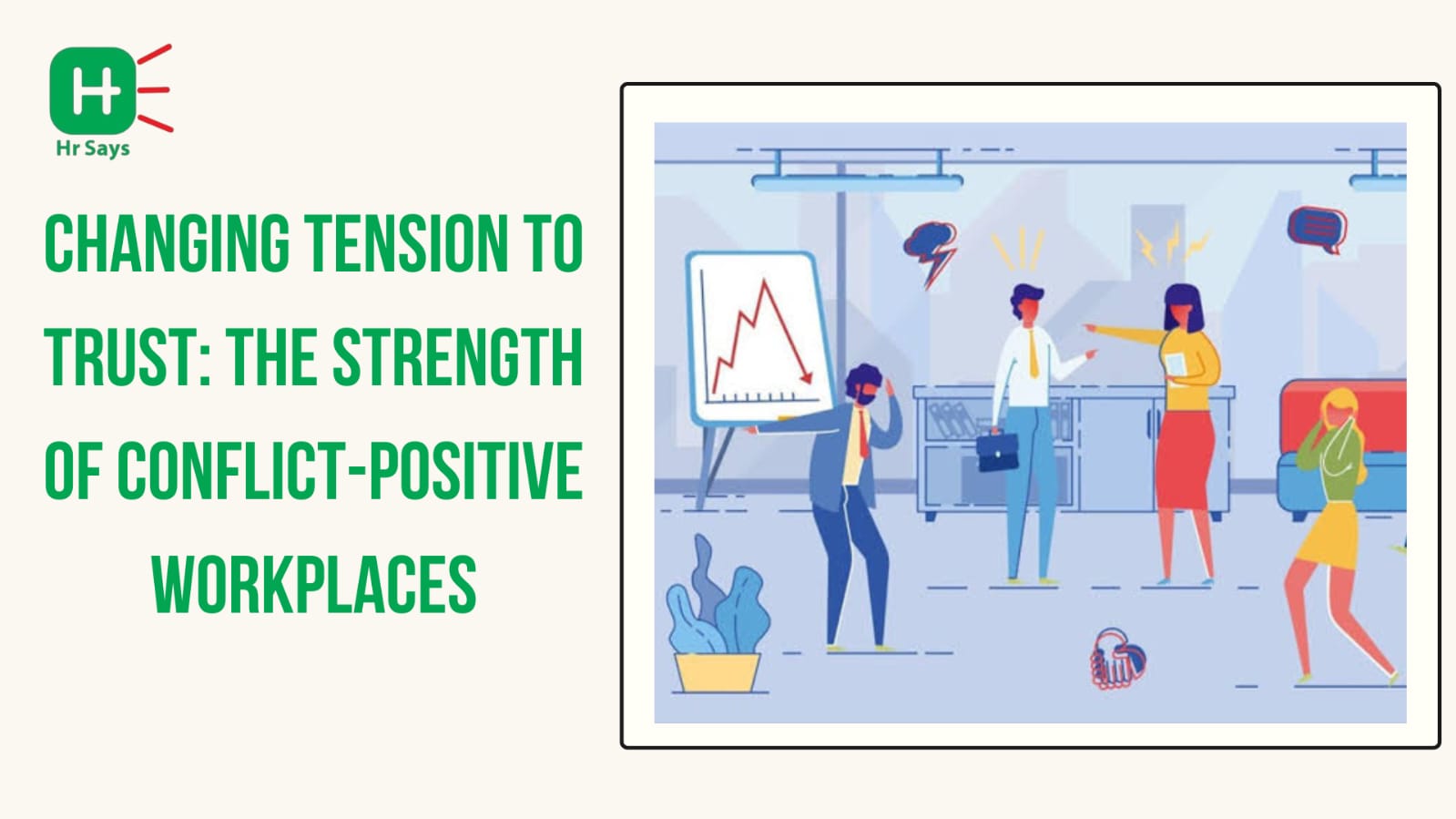Have you ever wondered what happens to some teams to where they end up falling apart and others keep soaring even in times of trouble? This disparity is usually expressed in terms of conflict management. Not every conflict is destructive. Actually, they can be productive, illumined, and more productive work in the proper way.
What Is Conflict-Positive Environment?
Conflict-positive work environment is not about winning arguements. It has to do with making open conversation a comfortable option. In this case, disagreement is not a thing to fear; it is being looked forward to as a means of unearthing existing problems and initiating new ideas.
● It prefers being open rather than being quiet
● Encourages curiosity over blame
● Promotes resolution, not avoidance
When teams feel safe to speak their minds, tensions can become turning points.
Why Avoiding Conflict Does More Harm Than Good
Conflict is often swept under the rug in many organizations. But silence isn't peace. It's pressure. Over time, unresolved tension builds. And one day, it spills.
The Risks of Conflict Avoidance
● Bottled resentment
● Passive-aggressive behavior
● Poor decision-making
● Employee burnout
● Low trust levels
Avoidance gives short-term relief. But long-term? It kills team spirit.
How to Build a Conflict-Positive Culture
It starts at the top—but it doesn’t end there. Culture is built in the day-to-day. The meetings.
The messages. The micro-moments.
1. Normalize Disagreement
Let people know it’s okay to disagree—professionally. Leaders should model this during
discussions and feedback sessions.
How to support it:
● Praise respectful challenges
● Ask for opposing views
● Set ground rules for disagreement
2. Focus on Psychological Safety
No one speaks up if they fear being judged. Or worse, punished. A safe space must be
cultivated—slowly and intentionally.
What helps:
● Confidential 1:1s
● Anonymous feedback tools
● Consistent support, even after tough conversations
3. Train for Tough Talks
People aren’t born with conflict resolution skills. But they can be trained. Workshops, role-play,
and real-time coaching make a difference.
Skills worth teaching:
● Active listening
● Asking instead of accusing
● Finding common ground
The Quiet Power of Listening
Not every conflict needs a loud resolution. Sometimes, the most powerful move is silence—the kind that listens. When leaders and teammates truly listen, walls come down. And that’s when real dialogue begins.
Conclusion
Conflict isn’t the enemy—it’s the compass. It shows where the cracks are, where the growth lies. When teams learn to embrace discomfort, they move closer to trust, innovation, and impact.
Let conflict shape your culture. Not shatter it.

 A conflict-positive workplace turns tension into progress. It values open dialogue, trust, and safety—helping teams grow stronger through respectful disagreements rather than avoiding them. This blog explores how to build that culture—quietly, powerfully, and together.
A conflict-positive workplace turns tension into progress. It values open dialogue, trust, and safety—helping teams grow stronger through respectful disagreements rather than avoiding them. This blog explores how to build that culture—quietly, powerfully, and together.












.jpeg)
.jpeg)

.jpeg)

.jpeg)


.jpeg)

.jpeg)

.jpeg)


